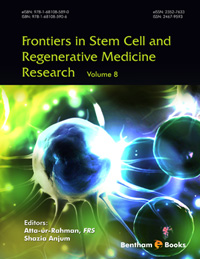Abstract
Scientific and technical advancements in the field of orthopaedic surgery have allowed for improved patient outcomes and fewer complications; however, many orthopaedic conditions still have no curative treatment options. The use of stem cells has gained significant scientific interest to treat common orthopaedic conditions due to their innate properties. Stem cells are proliferative, pluripotent, mobile, and able to exert paracrine effects when stimulated, stimulating the healing process. Mesenchymal stem cells have garnered the most attention in orthopaedics due to their connective tissue lineage, which allows them to differentiate into chondrocytes, tenocytes, and osteoblasts. Allogenic, amniotic stem cells, offer the same benefits, in addition to the lack of donor site morbidity and greater self-renewal capacity. Stem cells have shown promising results in the treatment of orthopaedic conditions such as osteoarthritis, tendinopathy, tendon tears, fracture healing, osteonecrosis, and plantar fasciitis. This chapter will review the clinical implications of autologous and allogenic stem cell use in the treatment of orthopaedic injuries.
Keywords: Allogenic, Amniotic Stem Cell, Autologous, ACL, ASC, Biologics, Bone Marrow, Cartilage, Chondrocytes, Fracture, Ligament, Mesenchymal, MSC, Orthopaedics, Osteoarthritis, Osteoblasts, Osteochondral, Osteonecrosis, Regeneration, Tendinitis, Tendinopathy, Tendon, Tenocytes.






















